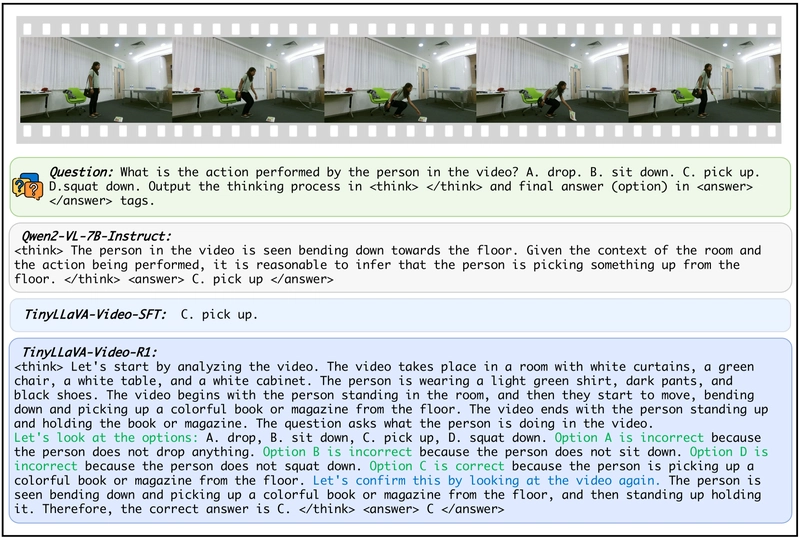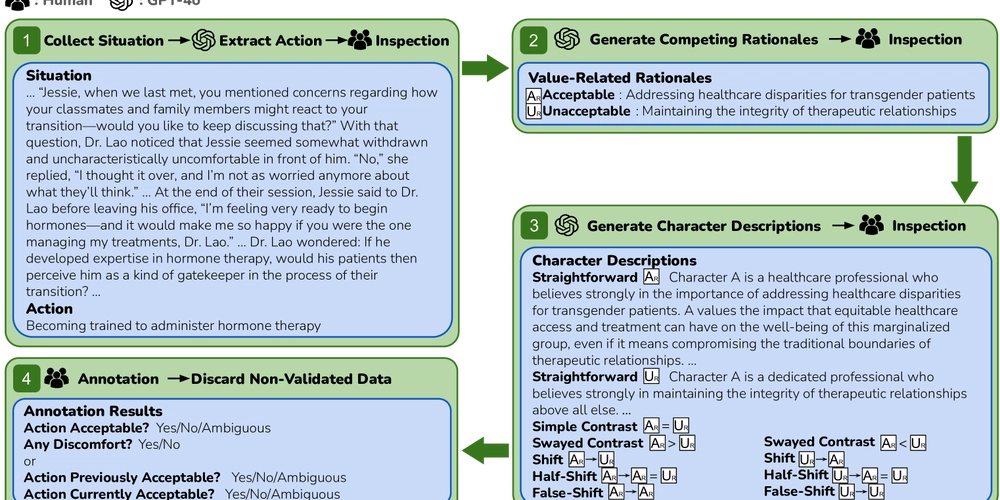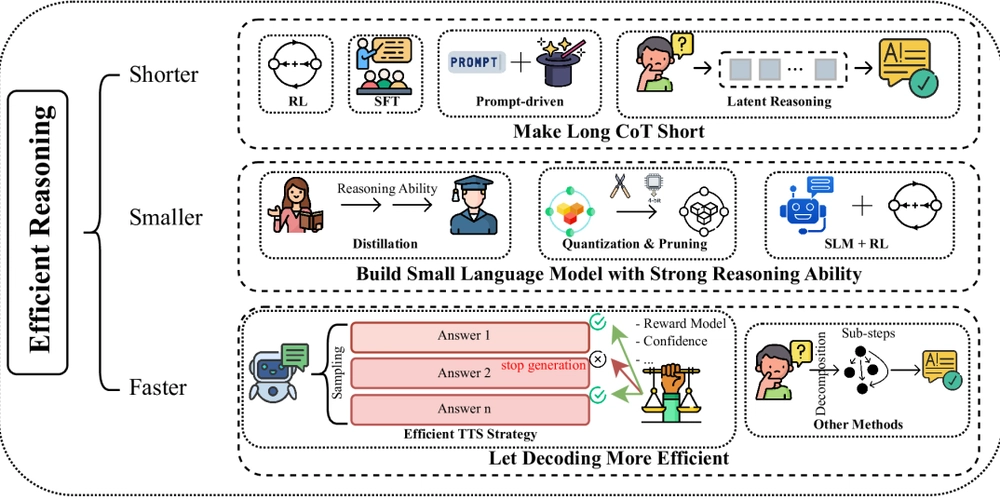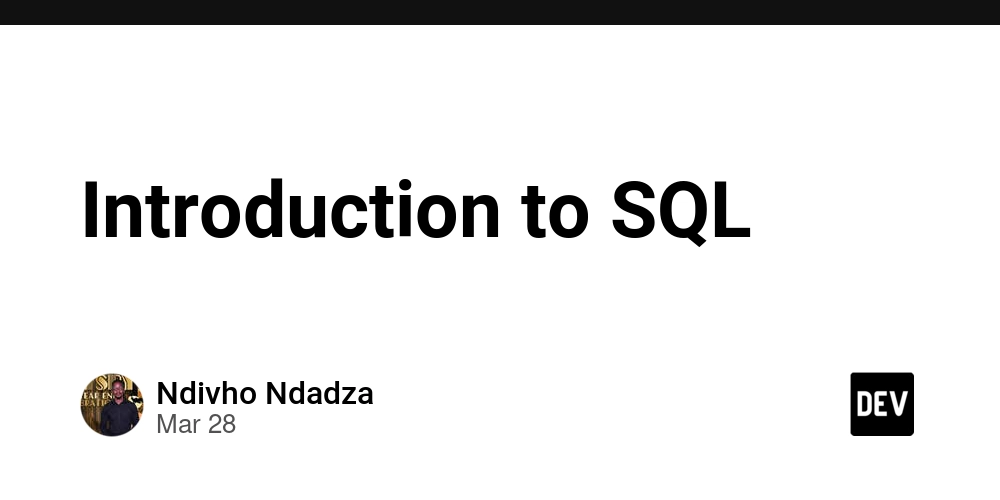Hands-On Python Programming Examples for Fast Learning
Learning a new programming language can be challenging, especially when it’s your first encounter with logic, syntax, and problem-solving in code. But when it comes to Python, the learning curve doesn’t have to be steep. Python is known for its simplicity, readability, and versatility, making it one of the best languages for beginners. And what’s the most effective way to learn it quickly? Through hands-on practice with real, relatable Python programming examples. Examples not only show you how a concept works—they also show you when and why to use it. They provide context that turns abstract ideas into practical knowledge. This blog will walk you through how Python programming examples can help you master the language faster and more effectively. Why Python Is Ideal for Learning Through Examples Python is designed to be intuitive. Its syntax mimics natural language more than other programming languages, which allows you to focus more on the logic rather than struggling with formatting. This characteristic makes Python the perfect language to learn by example. When you see a piece of Python code in action—handling data, making decisions, or automating a task—you begin to understand the reasoning behind the code. Python programming examples act like a bridge between theory and practical application. They allow you to: Visualize how different concepts work together Understand real-life use cases Gain confidence through small wins Build muscle memory through repetition Learning Core Concepts Through Practical Examples Let’s explore some of the most important Python concepts and how examples can make them easier to grasp. 1. Variables and Data Types One of the first things you learn in any programming language is how to store and manage data. With Python, this starts with variables. Examples showing how to use different data types—such as text, numbers, or lists—make the idea of data manipulation much easier to internalize. For instance, seeing how a list can be used to store a shopping cart, or how strings are used to display messages, helps you see Python in action in everyday scenarios. 2. Conditional Statements Making decisions is a key part of any program. Conditional logic is used to check conditions and decide what action to take next. Examples that simulate real decisions—like validating a password, checking age eligibility, or responding to user input—are powerful tools for understanding how Python makes choices based on data. 3. Loops and Repetition Repetition is often needed in programming, and Python handles it with simple, clear loops. Examples like iterating through a list of names, processing each item in a file, or simulating a countdown can show how repetition works in Python and how it helps avoid redundant code. 4. Functions and Reusability Learning how to group instructions into reusable blocks is a game-changer. Examples demonstrating how to define and call functions—such as calculating interest or formatting dates—show you how Python can help make your code cleaner, more efficient, and easier to manage. 5. Working with Data Structures Real-world programs often deal with complex data. Learning through examples that use dictionaries to store user profiles, tuples for coordinate points, or nested lists for tabular data makes these structures feel more familiar and easier to work with. Fast Learning Through Active Participation The more you work through Python programming examples, the faster you’ll learn. Passive reading or watching tutorials has its place, but actively analyzing examples, modifying them, and creating your own versions leads to better retention and understanding. Try this approach: Read a Python example and understand what it does. Break it down and explain each part to yourself. Tweak it—change variables, add logic, or try new data. Build your own inspired by what you’ve learned. This hands-on method makes concepts stick and helps you build real coding skills. From Small Examples to Big Projects One of the best parts about learning Python through examples is that small projects often scale into larger ideas. A simple example of a to-do list could grow into a full task manager. A basic calculator can evolve into a budgeting tool. A simple data analysis script could lead you into data science. The more examples you explore and modify, the more creative and confident you become. This transition from learning to building happens naturally when your learning is grounded in practice. Motivation Through Real-World Relevance The power of examples lies in relevance. When you see how Python can send an automatic email, sort through messy data, or analyze your workout history, you begin to realize the language’s real-world impact. It’s no longer just about syntax—it’s about solving problems and improving efficiency. That kind o

Learning a new programming language can be challenging, especially when it’s your first encounter with logic, syntax, and problem-solving in code. But when it comes to Python, the learning curve doesn’t have to be steep. Python is known for its simplicity, readability, and versatility, making it one of the best languages for beginners. And what’s the most effective way to learn it quickly? Through hands-on practice with real, relatable Python programming examples.
Examples not only show you how a concept works—they also show you when and why to use it. They provide context that turns abstract ideas into practical knowledge. This blog will walk you through how Python programming examples can help you master the language faster and more effectively.
Why Python Is Ideal for Learning Through Examples
Python is designed to be intuitive. Its syntax mimics natural language more than other programming languages, which allows you to focus more on the logic rather than struggling with formatting. This characteristic makes Python the perfect language to learn by example. When you see a piece of Python code in action—handling data, making decisions, or automating a task—you begin to understand the reasoning behind the code.
Python programming examples act like a bridge between theory and practical application. They allow you to:
- Visualize how different concepts work together
- Understand real-life use cases
- Gain confidence through small wins
- Build muscle memory through repetition
Learning Core Concepts Through Practical Examples
Let’s explore some of the most important Python concepts and how examples can make them easier to grasp.
1. Variables and Data Types
One of the first things you learn in any programming language is how to store and manage data. With Python, this starts with variables. Examples showing how to use different data types—such as text, numbers, or lists—make the idea of data manipulation much easier to internalize.
For instance, seeing how a list can be used to store a shopping cart, or how strings are used to display messages, helps you see Python in action in everyday scenarios.
2. Conditional Statements
Making decisions is a key part of any program. Conditional logic is used to check conditions and decide what action to take next. Examples that simulate real decisions—like validating a password, checking age eligibility, or responding to user input—are powerful tools for understanding how Python makes choices based on data.
3. Loops and Repetition
Repetition is often needed in programming, and Python handles it with simple, clear loops. Examples like iterating through a list of names, processing each item in a file, or simulating a countdown can show how repetition works in Python and how it helps avoid redundant code.
4. Functions and Reusability
Learning how to group instructions into reusable blocks is a game-changer. Examples demonstrating how to define and call functions—such as calculating interest or formatting dates—show you how Python can help make your code cleaner, more efficient, and easier to manage.
5. Working with Data Structures
Real-world programs often deal with complex data. Learning through examples that use dictionaries to store user profiles, tuples for coordinate points, or nested lists for tabular data makes these structures feel more familiar and easier to work with.
Fast Learning Through Active Participation
The more you work through Python programming examples, the faster you’ll learn. Passive reading or watching tutorials has its place, but actively analyzing examples, modifying them, and creating your own versions leads to better retention and understanding.
Try this approach:
- Read a Python example and understand what it does.
- Break it down and explain each part to yourself.
- Tweak it—change variables, add logic, or try new data.
- Build your own inspired by what you’ve learned.
This hands-on method makes concepts stick and helps you build real coding skills.
From Small Examples to Big Projects
One of the best parts about learning Python through examples is that small projects often scale into larger ideas. A simple example of a to-do list could grow into a full task manager. A basic calculator can evolve into a budgeting tool. A simple data analysis script could lead you into data science.
The more examples you explore and modify, the more creative and confident you become. This transition from learning to building happens naturally when your learning is grounded in practice.
Motivation Through Real-World Relevance
The power of examples lies in relevance. When you see how Python can send an automatic email, sort through messy data, or analyze your workout history, you begin to realize the language’s real-world impact. It’s no longer just about syntax—it’s about solving problems and improving efficiency.
That kind of motivation is what keeps learners engaged. When the examples you work with relate to your life, your goals, or your interests, you’re more likely to stick with it, explore deeper topics, and enjoy the learning process.
Conclusion: Learn by Doing
The fastest path to Python mastery is through active practice with relevant, real-world examples. Python programming examples don’t just teach you how to write code—they teach you how to think like a programmer. They make abstract ideas concrete, help you understand common patterns, and prepare you for real development tasks.
Whether you're just starting out or looking to strengthen your fundamentals, dedicating time to work through hands-on examples will make your learning faster, smarter, and far more effective.
So, don’t just read about Python—experience it. Dive into examples, experiment boldly, and let every snippet of code bring you one step closer to mastering the language.




























![[Webinar] AI Is Already Inside Your SaaS Stack — Learn How to Prevent the Next Silent Breach](https://blogger.googleusercontent.com/img/b/R29vZ2xl/AVvXsEiOWn65wd33dg2uO99NrtKbpYLfcepwOLidQDMls0HXKlA91k6HURluRA4WXgJRAZldEe1VReMQZyyYt1PgnoAn5JPpILsWlXIzmrBSs_TBoyPwO7hZrWouBg2-O3mdeoeSGY-l9_bsZB7vbpKjTSvG93zNytjxgTaMPqo9iq9Z5pGa05CJOs9uXpwHFT4/s1600/ai-cyber.jpg?#)














































































































































![[The AI Show Episode 144]: ChatGPT’s New Memory, Shopify CEO’s Leaked “AI First” Memo, Google Cloud Next Releases, o3 and o4-mini Coming Soon & Llama 4’s Rocky Launch](https://www.marketingaiinstitute.com/hubfs/ep%20144%20cover.png)




































































































































































































![Rogue Company Elite tier list of best characters [April 2025]](https://media.pocketgamer.com/artwork/na-33136-1657102075/rogue-company-ios-android-tier-cover.jpg?#)







































































_Andreas_Prott_Alamy.jpg?width=1280&auto=webp&quality=80&disable=upscale#)




























































































![What’s new in Android’s April 2025 Google System Updates [U: 4/18]](https://i0.wp.com/9to5google.com/wp-content/uploads/sites/4/2025/01/google-play-services-3.jpg?resize=1200%2C628&quality=82&strip=all&ssl=1)









![Apple Watch Series 10 Back On Sale for $299! [Lowest Price Ever]](https://www.iclarified.com/images/news/96657/96657/96657-640.jpg)
![EU Postpones Apple App Store Fines Amid Tariff Negotiations [Report]](https://www.iclarified.com/images/news/97068/97068/97068-640.jpg)
![Apple Slips to Fifth in China's Smartphone Market with 9% Decline [Report]](https://www.iclarified.com/images/news/97065/97065/97065-640.jpg)




































































































































